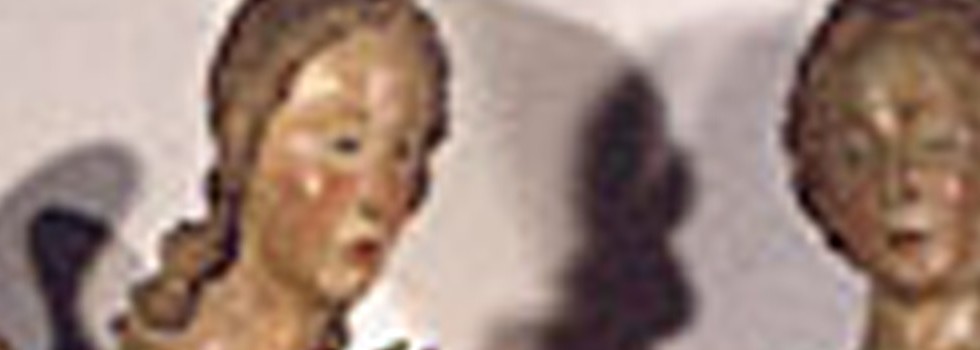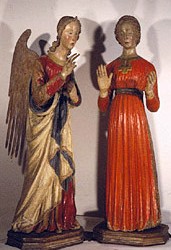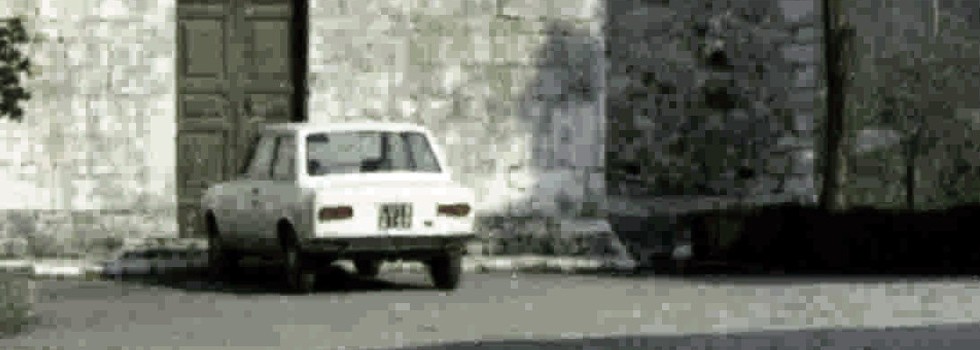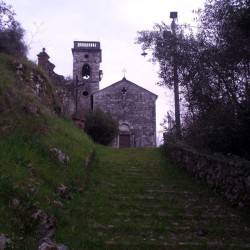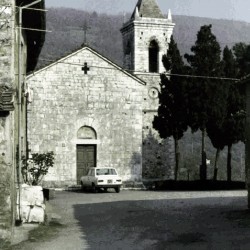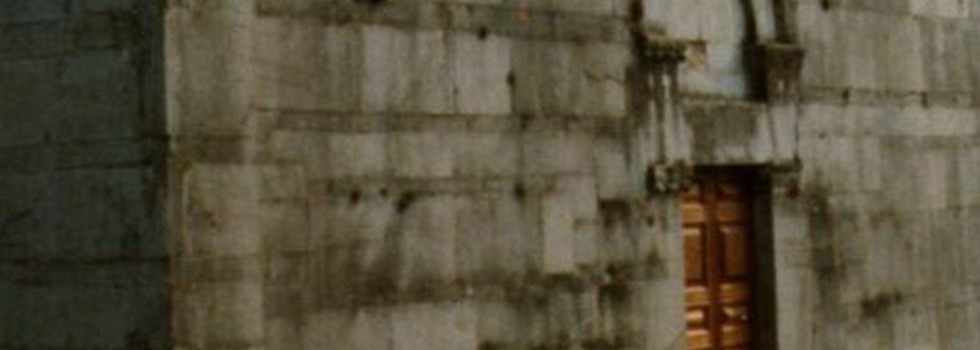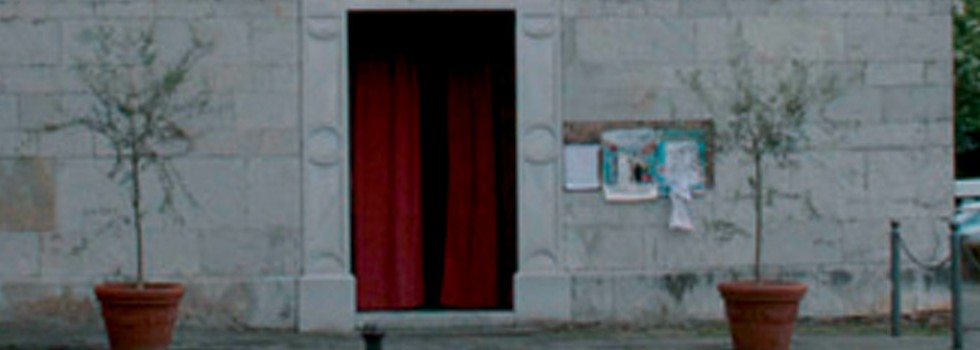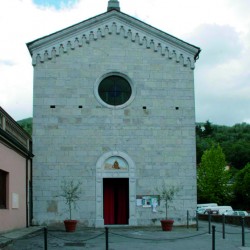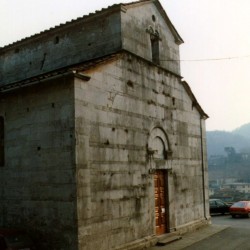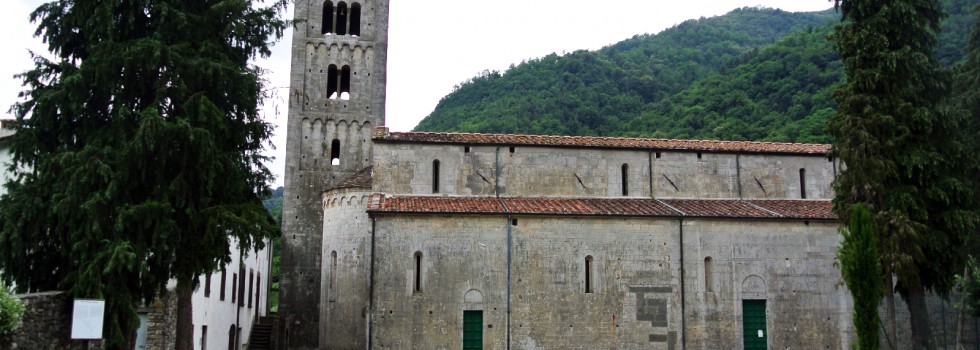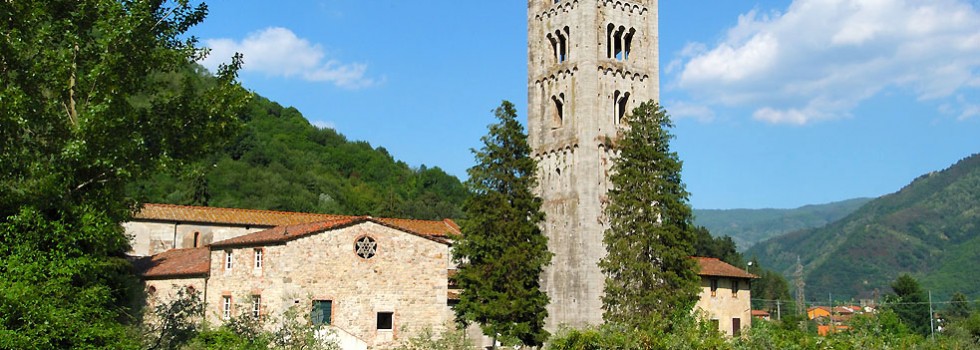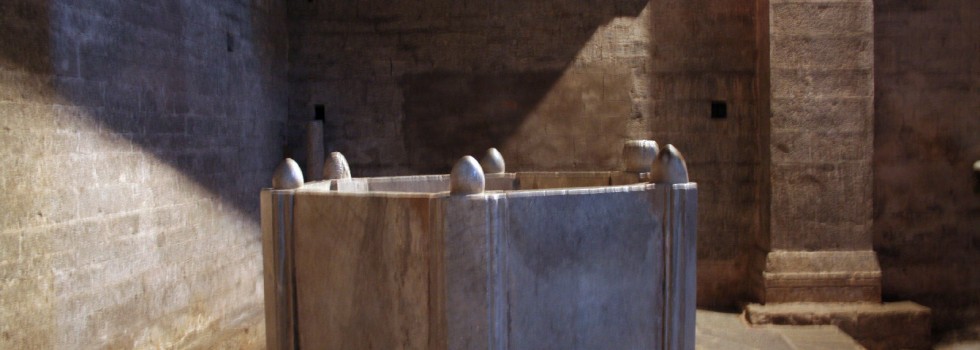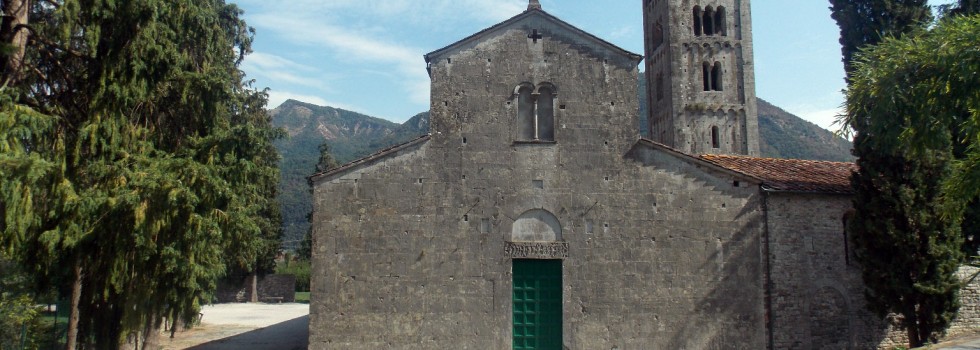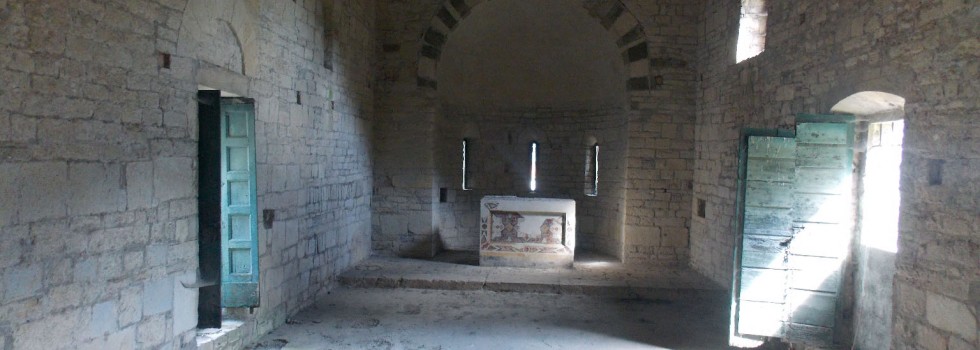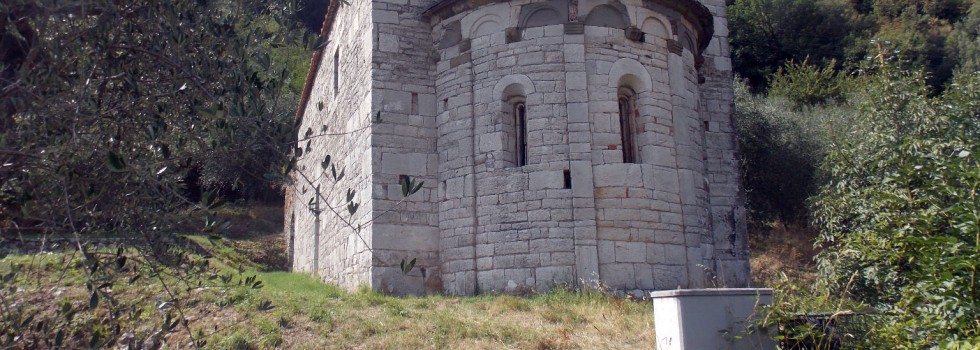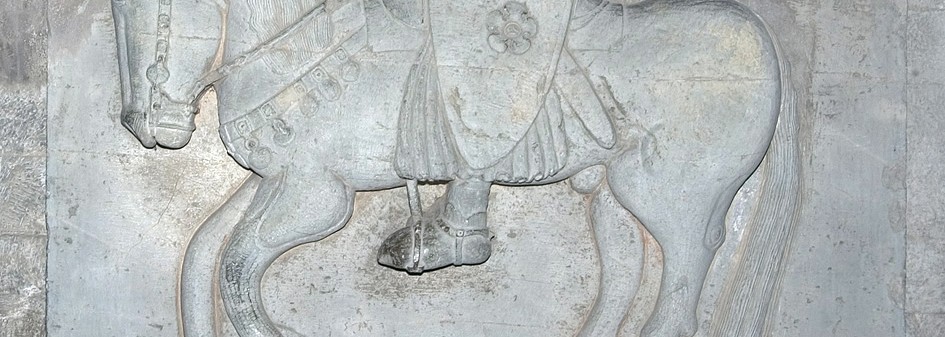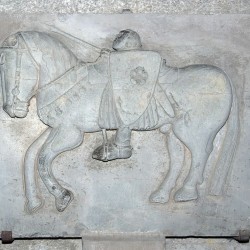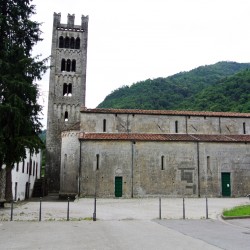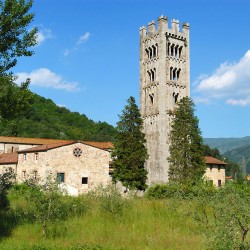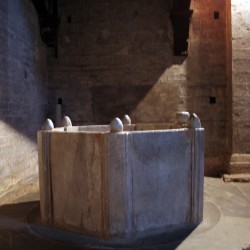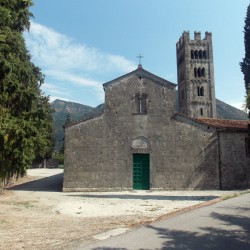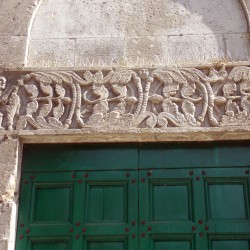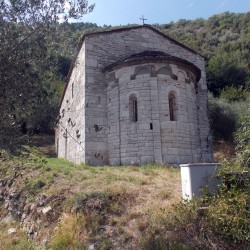Partigliano
The Church of S. Giusto and S. Clemente have undergone several reconstructions which have cancelled a good part of its antique origins, remaining visible only in the current structure of the old building. The bell tower is older than the church, but restructured after the earthquake of 7th September 1920, unfortunately it has lost its old architectural features. In front of the church there is a wide gallery, leaning on terracotta arches. Inside, a single aisle in a pleasing and harmonious Baroque style, you can find one of the oldest model finds of the territory: a slab in bas-relief of the 9th century, pertaining to the original church. The craftsmanship of the slab with its turbinal decoration and inlay on two levels, contributes to its inclusion in the genre “Barbarian” decorative sculpture. At the bottom of the aisle, placed inside two niches, the wooden set of the Annunciation and the Angel, attributed to the sculptor Piero D’Angelo (4th century), show ties with the sculptural tradition of Andrea Pisano along with the interest for late Gothic Florentine painting. Notable among the works of art, the painting of the Sacred Heart of Our Lady by Pompeo Batoni 18th century and in the choir, the painting of Our Lady with Child and Saint Clement, Lucia, Giusto, Caterina d’Alessandria by the painter Antonio Luchi (18th cent.). At about 4 km from Partigliano, in Locality Guazzanello, the ancient Hermitage dedicated to San Nicolao dates back to the 12th-13th century. Its Romanesque style is similar to many other isolated structures found in the woods of the Serchio Valley.





